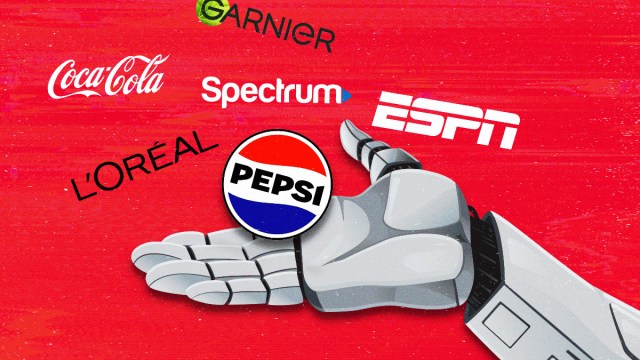AI startup Rembrand raises $23M in Series A funding round

Virtual product placement startup Rembrand raised $23 million in Series A funding to expand its Generative AI-optimized capabilities and launch new business models.
The round was led by super{set}. The Trade Desk, Naver D2SF and existing investors including BOLD (L’Oréal’s venture capital fund) and Greycroft also participated in the funding round. Two-year-old Rembrand has raised a total of $31 million, and the company account Pepsi, L’Oréal, Garnier, Charles Schwab, Amazon, Virgin Galactic and Lenovo as clients.
Rembrand’s technology analyzes video frames from creators’ YouTube and TikTok videos using AI generation to find opportunities for placement in product placements. Unlike traditional generation AI that relies on text or image prompts, Rembrand’s technology analyzes each video frame to identify ideal placement opportunities in the scene, whether it’s a table, shelf or wall.
With this funding, Rembrand plans to expand this expertise beyond social media to include ads in connected TV and movies, CEO Omar Tawakol told ADWEEK. The startup works with a production studio specializing in travel and cooking shows, although Rembrand declined to name the production studio.
Rembrand technology automates traditionally laborious and time-consuming tasks product placement process and identifies ideal placements for ads in each frame.
“Today, if you want to get into the movie business, you have to negotiate two years in advance for a can of soda to appear on the kitchen counter,” Tawakol said. “With Rembrand’s technology, you can add this product virtually in post-production. For example, French viewers might see a Perrier, while those in New York might see a Pepsi.
More product placements in videos
Rembrand will also open its AI Studio to all creators in the first quarter. The studio launched last summer as a beta program. The platform allows creators to add virtual products to their videos, while brands can directly manage their partnerships with creators.
Rembrand charges marketers on a cost-per-impression model for products that appear in videos, and creators are paid based on CPMs, or the cost to reach a thousand impressions.
Rembrand also plans to make money by licensing its technology to brands, opening up a new revenue stream for the company. In this setup, brands pay a technology fee to license Rembrand’s technology and use their existing relationships with creators to launch campaigns instead of purchasing placements based on CPM.
Rembrand will also roll out additional tools allowing creators to interact with virtual products beyond static product placements in videos, Tawakol said.




